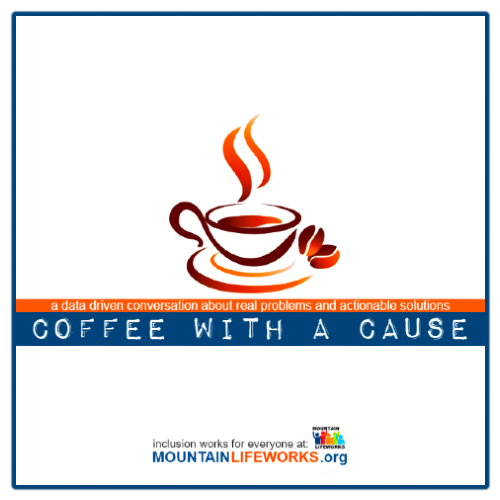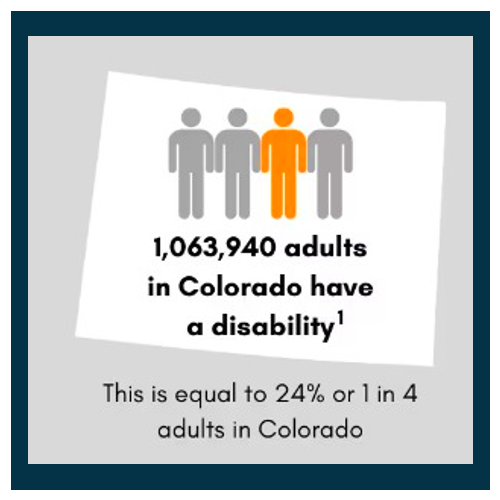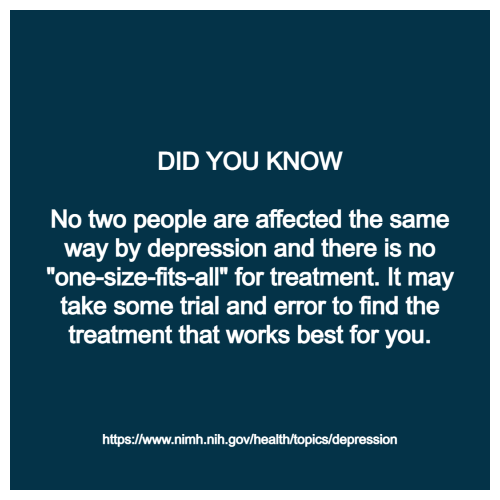
OCTOBER 2024 depression & NDEAM
October is Depression Awareness Month.
According to the World Health Organization Depression is the leading
cause of disability worldwide. About 21 million
Depression can affect people of all ages,
races, ethnicities, and genders. Depression can look different
from one person to the next. Some people may show symptoms
like being angry or irritable instead of being sad or disinterested.
In some cases, depression can manifest as physical symptoms like a
racing heart, tightened chest, headaches, or digestive issues. Men
are more likely to see a doctor about physical symptoms rather than
mental health concerns.
Disability & Health U.S. State Profile Data: Colorado | CDC
Depression | NAMI: National Alliance on Mental Illness
NIMH » Chronic Illness and Mental Health: Recognizing and Treating Depression

Coffee with a Cause october 2024
October is
National Disability Employment Awareness Month (NDEAM). The Dep
Small Business Economic Profile CO | (sba.gov)
Disability Mentoring Day | AAPD
AskEARN | Resource Library - Neurodiversity

Coffee with a Cause october 2024
AskEARN | Home - Employer Assistance and Resource Network on Disability Inclusion
Depression | Workplace Health Strategies by Condition | CDC
ODEP | U.S. Department of Labor
Remember a balanced approach uses verified data to identify problems and to propose actionable solutions. Only those willing to have difficult conversations can solve difficult problems. The first step to solving any problem is accepting the data indicating a problem... not blaming the messenger or method of delivery.
So join us for Coffee with a Cause and let's keep the conversation going each month with more data and actionable real life solutions!